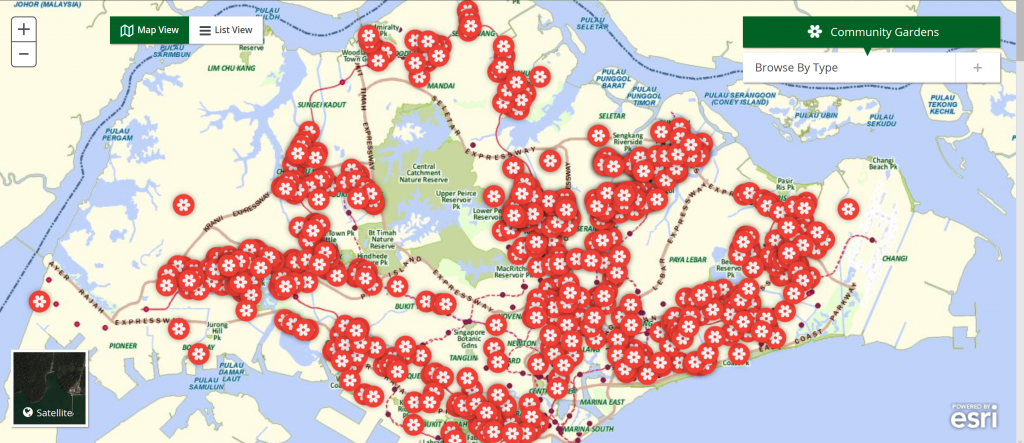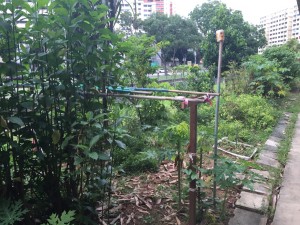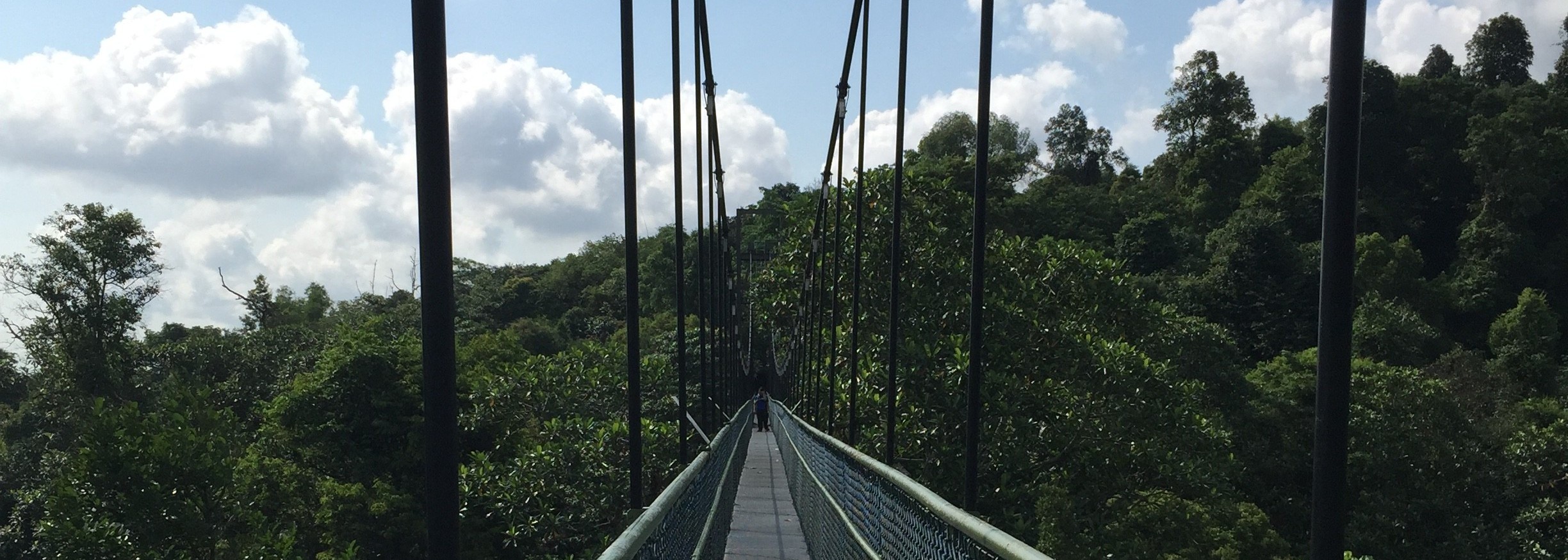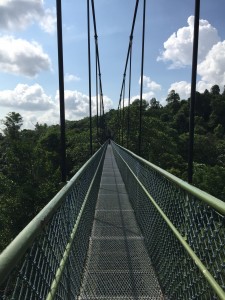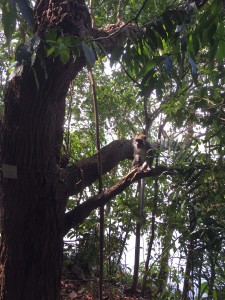Hey there!
I am sure many of you guys are familiar with famous the Bishan 10 otters. Together with the fame of these otters also came along the interest towards the biodiversity in Singapore.
People actually wanted to know about the ‘wild’ side of Singapore.
Last week, I came across a documentary featuring the biodiversity of Singapore. It caught my attention as it is rare to see a natural history programme in a Singapore setting. Bearing in mind the name of the programme, ‘城市野生乐园’ (Yes, it was in mandarin), I googled and found out that it was actually a documentary called ‘Wild City Singapore’ created in conjunction with the 50th year of Singapore’s independence in 2015 (CNA, 2015).
Narrated by none other than Sir David Attenborough, a familiar voice in natural history television programmes, the documentary features much of the unknown biodiversity in our ‘concrete jungle’. Despite having just three episodes in the whole series, I could tell that a lot of effort has been placed in creating this documentary. The series which has a total length of not more than 109 minutes actually took more than a year to film (CNA, 2015). The documentary consists of two sections: Urban Wild and Hidden Wild. Urban Wild showcases the wildlife that has successfully integrated into our urban environment while hidden wild showcases the wildlife in less noticeable locations away from the hustle and bustle of the city (CNA, 2015).
Crocodiles, civet cats, pangolins. These are just some of the wildlife featured in the documentary. I have watched all the episodes and enjoyed them thoroughly. I really love how they narrate the daily lives of the various species and even personalise them by giving them names. Of course, there are also really cute and humorous moments such as this:
Gif courtesy of Mothership.SG
It is interesting to note that the documentary tries to promote conservation efforts in a positive manner. Instead of showing the destruction aspects which may have an opposite effect if overemphasized, the documentary allows us to relate to these species just by showing their normal lives. By relating to these species, a sense of attachment could be felt towards them, making it easier to promote action to protect the habitats of these species. I am not sure if this is the case for you guys but at least it did for me.
I was extremely impressed by the excellent cinematography and could tell that every scene was painstakingly filmed with each angle well-considered. Other than providing invaluable insights regarding the biodiversity of Singapore, the documentary would be a great way to get the public to learn more about Singapore’s biodiversity, regardless of whether they are ‘tree-huggers’ or not. The documentary even attracted my family members who are not really nature-enthusiasts.
I recommend you guys to watch it. The documentary can be found on Toggle:
http://tv.toggle.sg/en/channelnewsasia/shows/wild-city-hd/episodes
To end off, here is a trailer about the documentary. 🙂
Video courtesy of Beach House Pictures and CNA
Cheers!
♠ Johanah
References:
CNA. (2015, March 3). Getting wild in the city. Retrieved October 8, 2016, from Channel News Asia, http://m.todayonline.com/entertainment/television/getting-wild-city
Lay, B. (2015, May 7). Watch wildlife documentary on S’pore narrated by sir David Attenborough for free online. Retrieved October 8, 2016, from Mothership.SG, http://mothership.sg/2015/05/watch-wildlife-documentary-on-spore-narrated-by-sir-david-attenborough-for-free-online/
IMDA Singapore (2014, November 25). Wild city – produced by beach house pictures Retrieved from https://www.youtube.com/watch?v=swPjXpxwQzM


